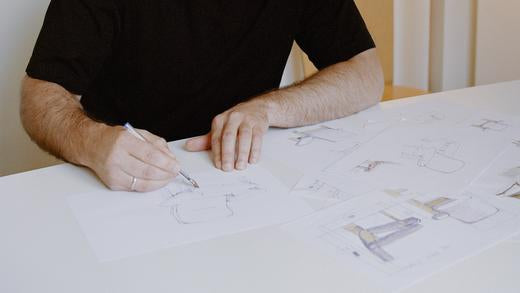Anderssen & Voll are Norwegian designers Torbjørn Anderssen and Espen Voll. Working from their studio in Oslo, they make objects of beauty and relevance, looking to imbue a contemporary cultural expression into each piece while ensuring it is made to transcend shifting trends. Having collaborated with brands across the world for more than 20 years, they join forces with AUDO on Brasilia, a new hybrid lounge chair with fiery South American soul and sleek Scandinavian sensibilities.

When did you first develop an interest in design?
Torbjørn: First after attending design school in Bergen. I originally decided to become a designer due to the tangible aspect of the profession – your work and effort in a physical form. The more you focus on something, the more interesting it becomes.
Espen: For me it happened in childhood, growing up among classic design pieces. Making objects and drawing were my main interests as a child. I started out studying architecture, but its complexity never really appealed to me and I often ended up working on the details and the furniture.
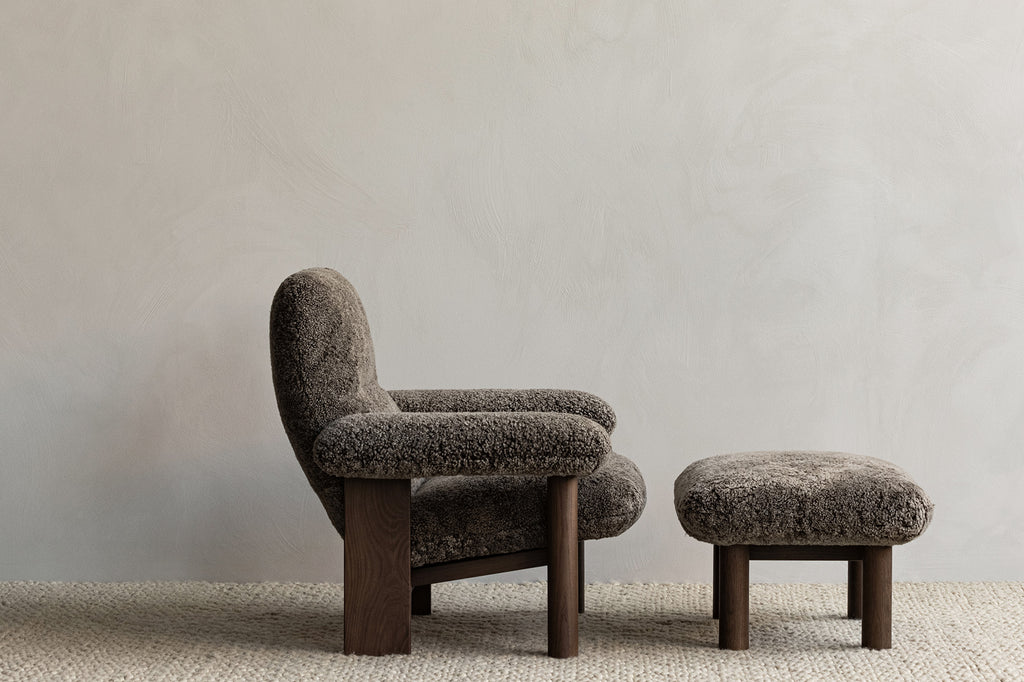
Who has been most influential to your creativity and how?
Torbjørn: I remember a visit to Moss Gallery in New York City, January 2003. A reasonably priced chair from Magis was placed next to super exclusive Meissen porcelain. It instantly made me aware of the importance and power of beauty in a product.
Espen: Meeting likeminded students at art school had a significant impact on my drive. Someone once said, ’Inspiration is for amateurs’ – you have to put in the hard work to make things happen. At school, we brought to life some great and inspiring projects both within and beyond the curriculum. Work brings ideas to life.
Tell us about your practice and how you approach your work.
Torbjørn: Lots of talking over coffee, pen to paper, computer modelling and a mix of 3D printing and elaborate models we create in the studio. We build and refine every item to scale.

What is your signature design philosophy?
Torbjørn: We don’t really have a specific philosophy, but hope our values and preferences are present in our work. We try to not be tethered by this; there is a certain freedom in believing in your own freedom.
How would you describe yourselves as designers?
Espen: Torbjørn looks to the semantics of an object and I to the overall harmony and detailing. We very rarely agree on anything initially. Our way of working is an ongoing debate, sometimes tantamount to quarrelling. We bring different things to the process and then knead our initial ideas into something else. It works for us. Or we wouldn’t be working together!
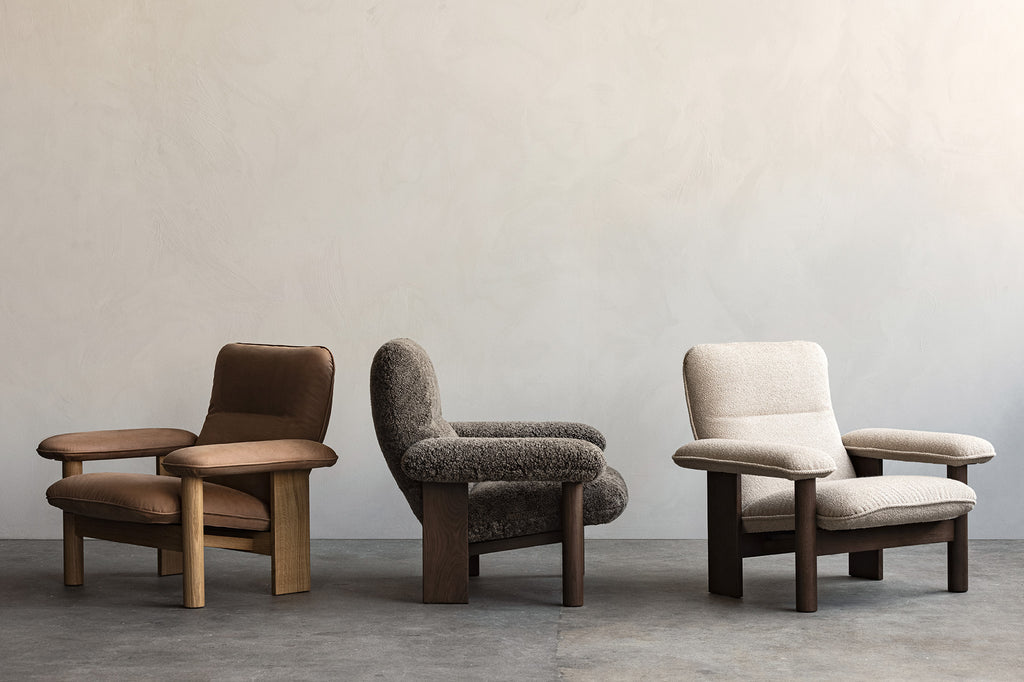
What informs your work?
Torbjørn: We’ve found that the most important part of a process is actually getting started. Once in it, anything can be inspirational. If you are designing a blanket, for instance, a texture on a wall, the front of a building or a detail on the clothes of a passer-by could all inform the design. If you weren’t in the process of designing a blanket, you probably wouldn’t recognise that texture or detail as important at all, having no conscious memory of it. We never wait for inspiration. If you want to make soup, it’s probably a good idea to fry some onions – or at the very least put some water in your pot. Staring out of the window will not make your soup.
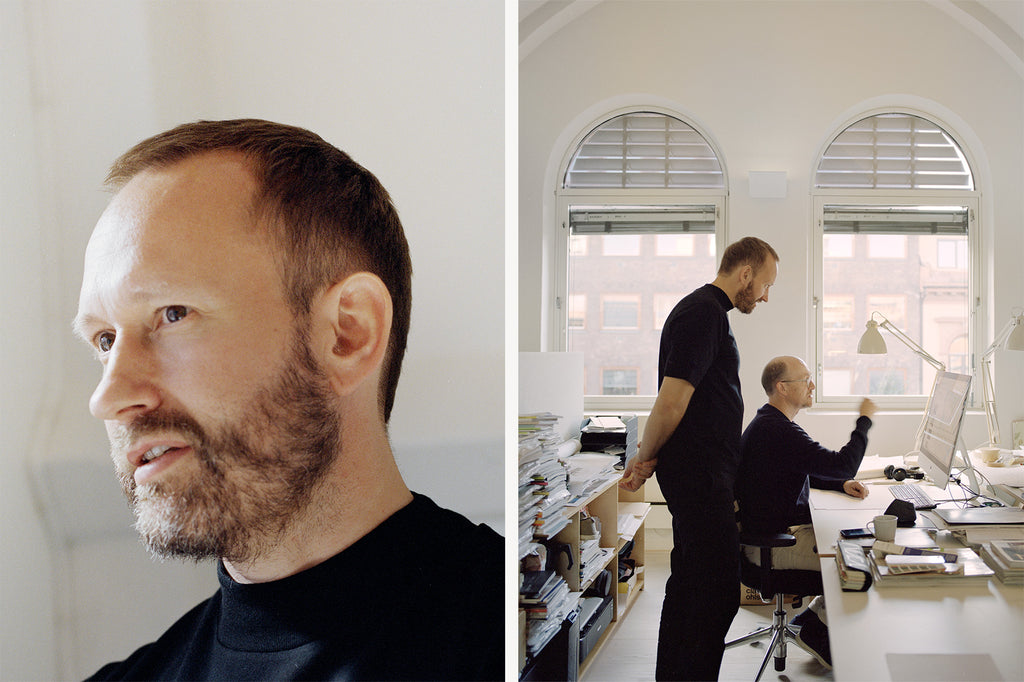
What’s the best part of your job?
Torbjørn: When life was more stressful I used to answer: ‘The moment we get a new assignment and the moment we finish it in a good way.’ Now we take it easier, the best part of the job is probably having a coffee at the studio and talking to Espen about which direction to take a new project in. Visiting our colleagues in Italy or Copenhagen is also a favourite that has got even better since Covid-19 restrictions have lifted. It’s a great feeling to visit the factories where our designs form the basis of someone else’s working day. It’s wonderful to visit someone’s home and accidentally discover that something we’ve made has become a relevant and often cherished part of that person’s everyday life.
Espen: The best part is the creation process. Imagine being able to daily create something that never has existed before? Being part of a great team at the office is also very rewarding.
How long did it take to develop Brasilia?
Torbjørn: We started in autumn 2019 and worked through the pandemic. Our work is very much workshop-based so refining our design in 1:1 models in our studio really sped its development. The design was directly inspired by the mood at The Audo. There was something about setting – wooden sculptures, calm ambience and welcoming colours – that made us think of more exotic variations of Modernism rather than our own familiar Scandinavian roots. In many ways, Brasilia is not the design AUDO originally asked for or the one we set out to make, but somewhere along the way, through sketching and modelling, we were all convinced it was exactly the right one.
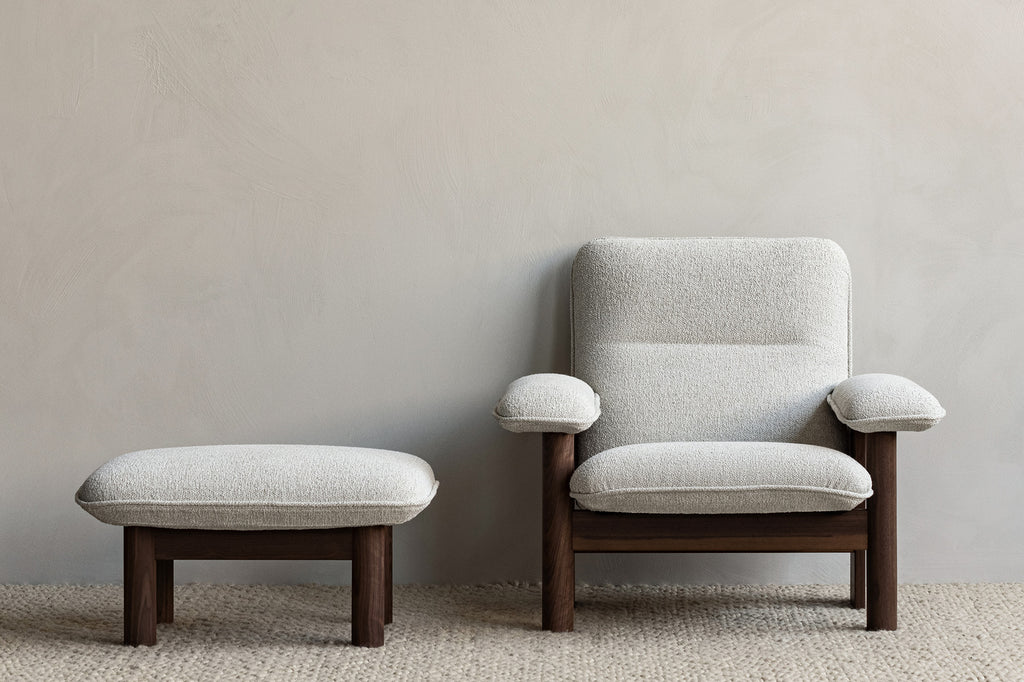
What influenced the style of it – and what challenges did you face during the design process?
Espen: Brasilia is a marriage of Scandinavian and Brazilian Modernism. We started off by sketching the wooden base – the, in some way, irrational shift from the cylindrical legs at the front to the broad, wooden boards at the back frame the seat, giving the chair personality and a distinctive look. It was important to achieve just the right kind of looseness to the textile covering to properly convey the great comfort of this piece.
